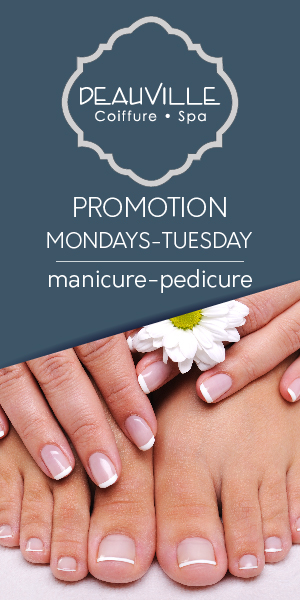After bleaching hair, it can appear brassy or yellow-orange in tone – something which is perfectly normal and easily corrected with a toner.
Ask your colorist or stylist to use a permanent or demi-permanent toner in an ash-based shade for optimal results.
This will neutralize yellow tones and produce an overall cold blonde effect for your locks.
1. Bleach
Bleach is an efficient way to quickly lighten hair. Since bleach is damaging, however, use a clarifying shampoo afterwards in order to help avoid brassiness and prevent future instances.
When bleaching medium to dark brown hair to platinum blonde, a colorist must first lift the darker pigments first in order to avoid baby duck yellow hue. In order to do this, they must choose high quality bleach with enough lifting power; wet their bleach mix appropriately before applying; and ensure their client abides by their processing time precisely.
Understanding color theory is at the heart of successful bleaching. A color wheel illustrates this principle by showing how colors that lie opposite one another on the spectrum cancel each other out – such as how purple neutralizes yellow tones effectively. A professional colorist may recommend an INVIGO Cool Blonde Color Refreshing Toner that is specifically designed to balance yellow tones like the INVIGO Cool Blonde Color Refreshing Toner Opens in new tab.
2. Apple Cider Vinegar Rinse
There are various solutions for banishing yellow from your locks–ammonia-based toner is usually most effective, while for an all-natural and cost-friendly option trichologists suggest an apple cider vinegar rinse as a quick solution that’ll have your locks looking their best right away! It’s quick, simple and can even be done at home – which makes this quick fix perfect for busy lifestyles!
After shampooing and conditioning your locks, create an ACV solution containing equal parts water and vinegar and apply to them afterward. Not only can ACV get rid of yellowing locks but it’ll also prevent further damage while keeping the scalp healthy!
DIY rinses can be beneficial to all hair types, especially thin, greasy or oily locks, as it will help balance out your scalp’s pH level and remove product build-up from strands. Just be sure to follow it with non-sulfate conditioner afterward for best results! For maximum convenience in applying this DIY treatment, consider investing in a spray bottle; one can be found easily at most beauty or drugstore locations.
3. Baking Soda and Hydrogen Peroxide Paste
Baking soda combined with hydrogen peroxide is an effective and safe method to lighten dyed hair. Baking soda’s alkaline properties allow it to open up cuticles more readily for peroxide bleaching; additionally, baking soda breaks down melanin from hair strands which further lighten them.
Prepare a paste by mixing equal parts baking soda and hydrogen peroxide (3%) until you achieve an even color throughout your hair. Leave it on for at least an hour, depending on how dark you want your locks.
Once your desired color is achieved, rinse off the mixture with cool water and shampoo as usual. Be sure to protect your skin and any surfaces around you with plastic caps or garbage bags as this treatment could discolor materials nearby. Furthermore, treat your locks to a deep conditioning treatment or hair mask after each bleaching treatment to maintain healthy strands and keep them hydrated and strong.
4. Lemon Juice Rinse
Lemons may be best known for adding highlights to blonde and light brown hair, but they also provide many other advantages. Lemons can treat oily scalps, reduce the frequency of dandruff occurrence, and even help prevent premature graying of locks.
Lemons contain astringent properties that can help tighten pores on your head, making it harder for oil to seep through from cuticle to scalp and the rest of your locks. Use this method sparingly as too much acid exposure can weaken its structure and lead to breakage of hair follicles.
Make a lemon rinse easily by mixing one part lemon juice with three parts water. Apply directly or use a spray bottle for easier application – but be mindful if spending time in direct sunlight as this could speed up its natural lightening abilities and lighten your locks more rapidly! Note: this treatment should not be used if recently coloring your locks as this could react with dye and change its tone drastically.



